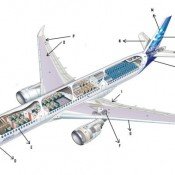Meteorology

[audio:http://aviationenglishblog.com/wp-content/uploads/2010/09/Meteorology.mp3|titles=Meteorology]
Exercise #1: Read about aviation meteorology and then proceed to Exercise #2
Meteorology is the interdisciplinary scientific study of the atmosphere that focuses on weather processes and short term forecasting (in contrast with climatology). Aviation meteorology (MET) deals with the impact of weather on Air Traffic Management (ATM). It is important for air crews to understand the implications of weather on their flight plan as well as their aircraft.
Weather conditions concern all aspects of ATM operations, for example, by variations in head and tail-wind components, through changes in pressure and temperature values at airports, and in imposing low visibility operating conditions. Adverse meteorological conditions have the greatest impact on the ATM system creating disruption and the consequent problems of disturbed flow rates, lost capacity and induced additional costs
























